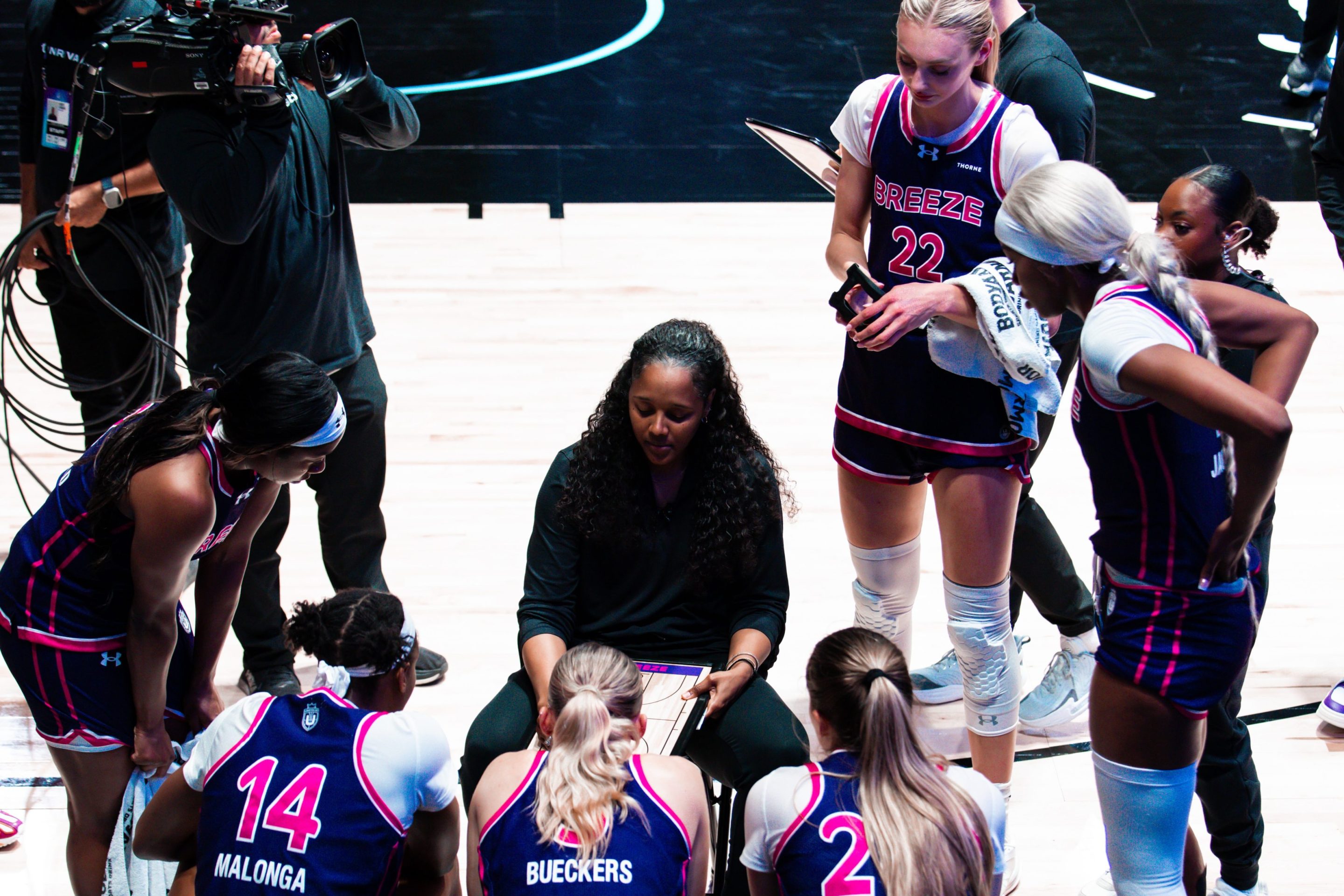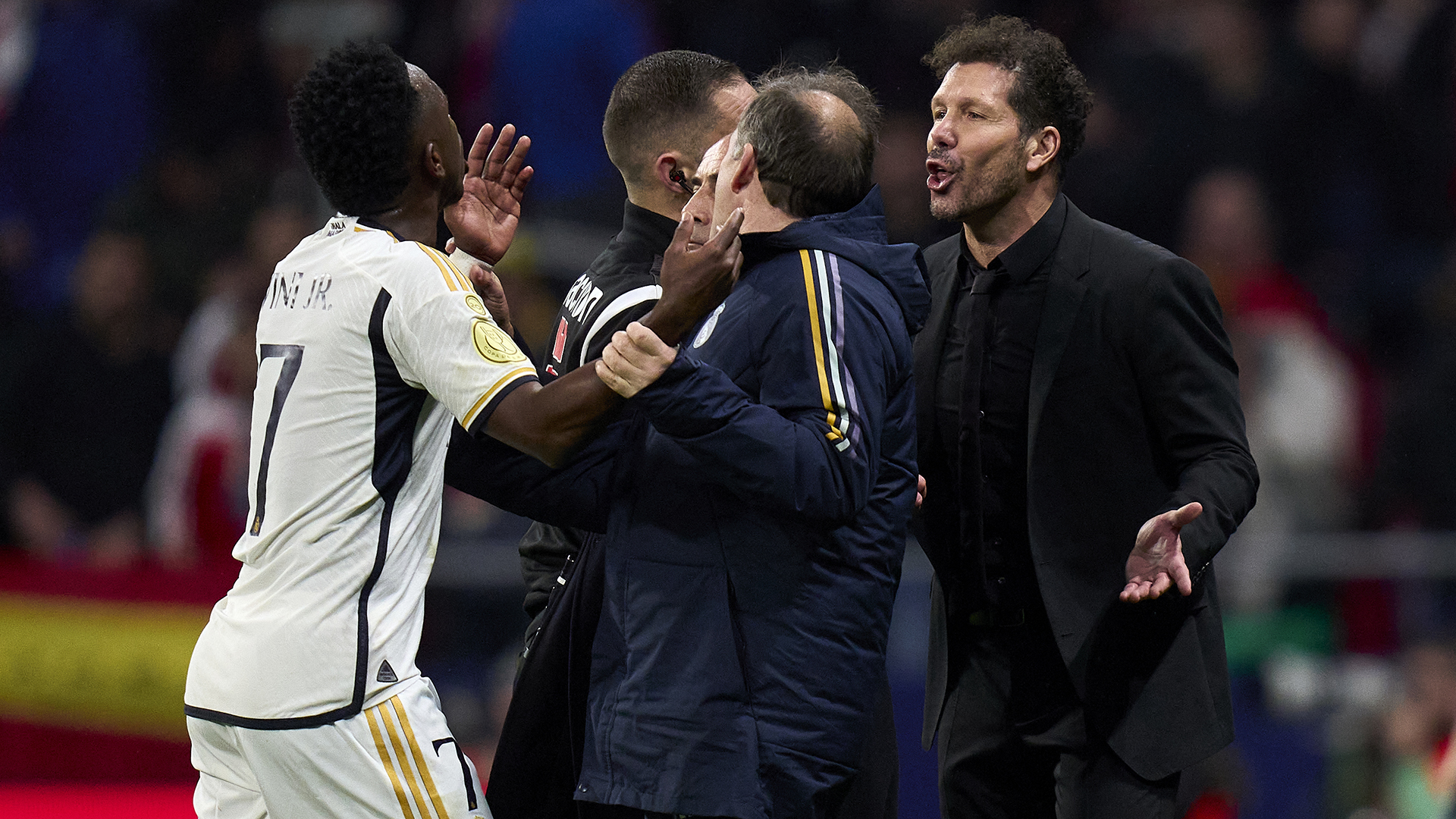Collective is one of those movies that makes you really excited to be a journalist … for about one hour and 49 minutes. Then you have to return to actually being one. It’s all in the title. The name of Alexander Nunau’s documentary—somehow the first ever Academy Award nominee out of Romania—is primarily a reference to the infamous Bucharest nightclub Colectiv. In 2015, the popular club caught fire and, because it was not up to code and had no fire exits, the horrifically rapid conflagration—caught on camera, as it happens, by the man who would later become Collective’s sound recordist—ended up killing 27 people and injuring 180. But the film’s title also refers to the collection of journalists who, together, much like the tireless protagonists of All the President’s Men and Spotlight, uncover how 37 of the injured ended up dying in hospital. Specifically, Collective follows a trio from the sports newspaper Gazeta Sporturilo—editor-in-chief Catalin Tolontan, senior reporter Miela Neag, and a younger guy who doubles as the staff photographer—as they discover the hospitals’ disinfectant is to blame. Manufactured by Hexi Pharma (a company so corrupt that its transgressions are shocking even within the corrupt healthcare industry of a largely corrupt country), the disinfectant was diluted to a mere 10 percent of its original strength. As one source cinematically breaks it to Neag, “This isn’t killing bacteria, it’s killing people.”
On the Oscar circuit for Collective, which is nominated for both best documentary and best international feature, Tolontan has been celebrated alongside Nunau, framed by the media as the film’s hero (even in the doc itself, there’s a scene in which a group of government protesters erupt into the celebratory chant Tol-on-tan!). But Tolontan isn’t having any of it: “I am afraid that the society that considers its journalists heroes considers that information is a gift. And in fact, information is not a gift, it is a right.” And it takes a lot of people to get it right, so to speak. Collective rarely shows the journalists from Gazeta working solo. Even when the young photographer is surreptitiously shooting the Hexi Pharma factory, he has someone by his side. It follows, then, that when the paper gets the test results confirming dilution, Tolontan waltzes into the newsroom and announces, “Guys, we got them.” At the same time, Collective illustrates how the particular skills of individual journalists add up. Tolontan, the Jason Robards of the newsroom, is unwavering, keeping everything from going off the rails, in one scene ensuring the choices they make don’t incite further violence in an already agitated populace. Neag, who is also an industry veteran, acts as the stand-in for the public, barely containing her disbelief at every stage of the investigation. “The story is so mind-blowing, I am afraid we’ll look crazy,” she says.
In her review of the film, New York Times critic Manohla Dargis, apparently unaware of the historic rigor of sports journalism, wondered how a sports newspaper could have such a crack team. She wasn’t the only one. In that same scene where Tolontan’s name was chanted, one protester, in a kind of backhanded compliment, added: “The best investigations are made by a sports daily! That’s the state of our press.” But Gazeta had a history of investigating corruption in sports. That it was favored for investigations at all came precisely from the fact that it wasn’t your average newspaper—its allegiance was to sports, not to politics. “When they enter on our website, they are not left-wing or right-wing supporters,” Tolontan told The Ringer. “They are only supporters of teams for the football game.” Along those lines, investigative pieces were slapped on the back of the paper, matches on the front, with the stories un-muddled by any sort of editorial. This earned Gazeta trust as a straight investigative team, a team led by a man whose profession, as Tolontan explained on television, was to arm people with “knowledge about the powers that shape our lives.”
The connection of the Romanian journalists to the Romanian citizens is clear from Collective’s opening. The first scene has a room full of Colectiv victims and their loved ones questioning how this all could have happened. The next scene has a hall full of journalists, including Tolontan, asking these same victims if they were fed the same lies by the state as the press was. They were. As Tolontan will later say, “When the press bows down to the authorities, the authorities will mistreat the citizens.” One of the bright spots in the doc shows journalists from other outlets starting to build on the work of Gazeta, a collective growing out of the collective. In the aforementioned television interview, Tolontan describes corruption as a group effort, but it is clear it requires just as much of a group effort to uncover it—a group which involves the public, namely whistleblowers, whose protection is why Tolontan initially did not want this documentary to be made. But ever the democrat, he gathered his 80-strong newsroom together to ask their opinion. Acknowledging they were losing younger readers to Twitter and Facebook, the paper ended up reconsidering. “I remember the moment very well because we said that if people had expected social media to hold politicians to account,” Tolontan told The Hollywood Reporter, “then Richard Nixon would still be the president.”
There it is. The connection to All the President’s Men, which haunts every journalism film that has ever followed it. While Collective has been aligned with the Romanian New Wave, Tolontan himself had watched Alan J. Pakula’s 1976 ur-journalism movie, and, like all of us, dreamed of becoming such a reporter. But despite its penchant for inspiring solo fantasies, even All the President’s Men demonstrated the need for teamwork, going so far as to fuse the names of its two lead reporters: WoodStein. The film is not only about Bob Woodward and Carl Bernstein doggedly uncovering President Nixon’s election fraud, it is a split-diopter filled tale of everyone who helped them do that, inside and outside the newsroom. Even when they are on their own, the machine of The Washington Post is chugging in the background, funding their search, providing editorial support, answering their questions. The upshot being WoodStein’s success, and their failure, is also the Post’s – they are indivisible. When executive editor Ben Bradlee is asked, “What if your boys get it wrong?” he duly responds, “Then it’s our ass, isn’t it?”
No wonder All the President’s Men still provokes such nostalgia. Imagine that. Imagine your executive editor giving you that much support. I’m crying just thinking about it. What is even an executive editor? What is a newsroom? I haven’t worked inside a newsroom since 2011, and it was nothing like that. You could already feel tech hollowing it out, first by forcing us to chase traffic, then by forcing us to chase scale. Now all that’s left are a handful of publications monopolizing the landscape with overworked staff, the rest of us floating around trying to fill the spaces in between. Alone. Because that’s what the tech industry, which has spent the last few decades hollowing out journalism’s main revenue sources, wants us to be. We all know there’s safety in numbers, we all know there’s power in unions, but not for them. “When the press bows down to the authorities, the authorities will mistreat the citizens.”
Having stolen all of journalism’s profits, tech has suddenly provided journalists—not the industry, mind you, the individuals within it—a solution to the problem tech itself created: monetized individuality. Of course I’m talking about Substack, but that is just the latest company within a larger trend—Twitter kicked things off by “empowering” us all to turn ourselves into brands—that’s seeking to turn journalism into an industry of individuals rather than collectives. Platforms like Substack have it both ways: They openly court journalists and profit from their work without providing the oversight a media company requires. Yet the journalists who are best set up to succeed in this new individual market are the ones who were already successful, often thanks to the sprawling platform of a legacy publication. Which is to say, barring the rare exception, the solution being offered by a place like Substack is to enrich the people who were already rich, make more famous the people who were already famous. Sure, call it the market in action, call it freedom, call it sovereignty if you want, but, as Deep Throat said, “Follow the money.”
Here the money is pledged not towards a newsroom—editors, reporters, copy editors, fact checkers, designers, photographers—gathering information for the public, but to self-empowerment. The writers who join these platforms have often made heroic claims to independence, the kind that was supposedly unavailable to them at the media companies they came from. But what of the material and editorial backing that companies like that originally provided to the newly minted Substack elite, way back when no one knew their names? Who will be around to prop up the next generation of journalists if all the cash keeps flowing towards individuals? If Collective wins on Sunday, maybe that will at least remind us of how much we can do together after being kept apart for so long.






